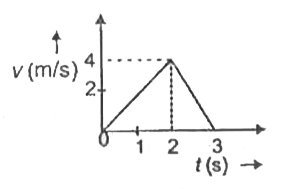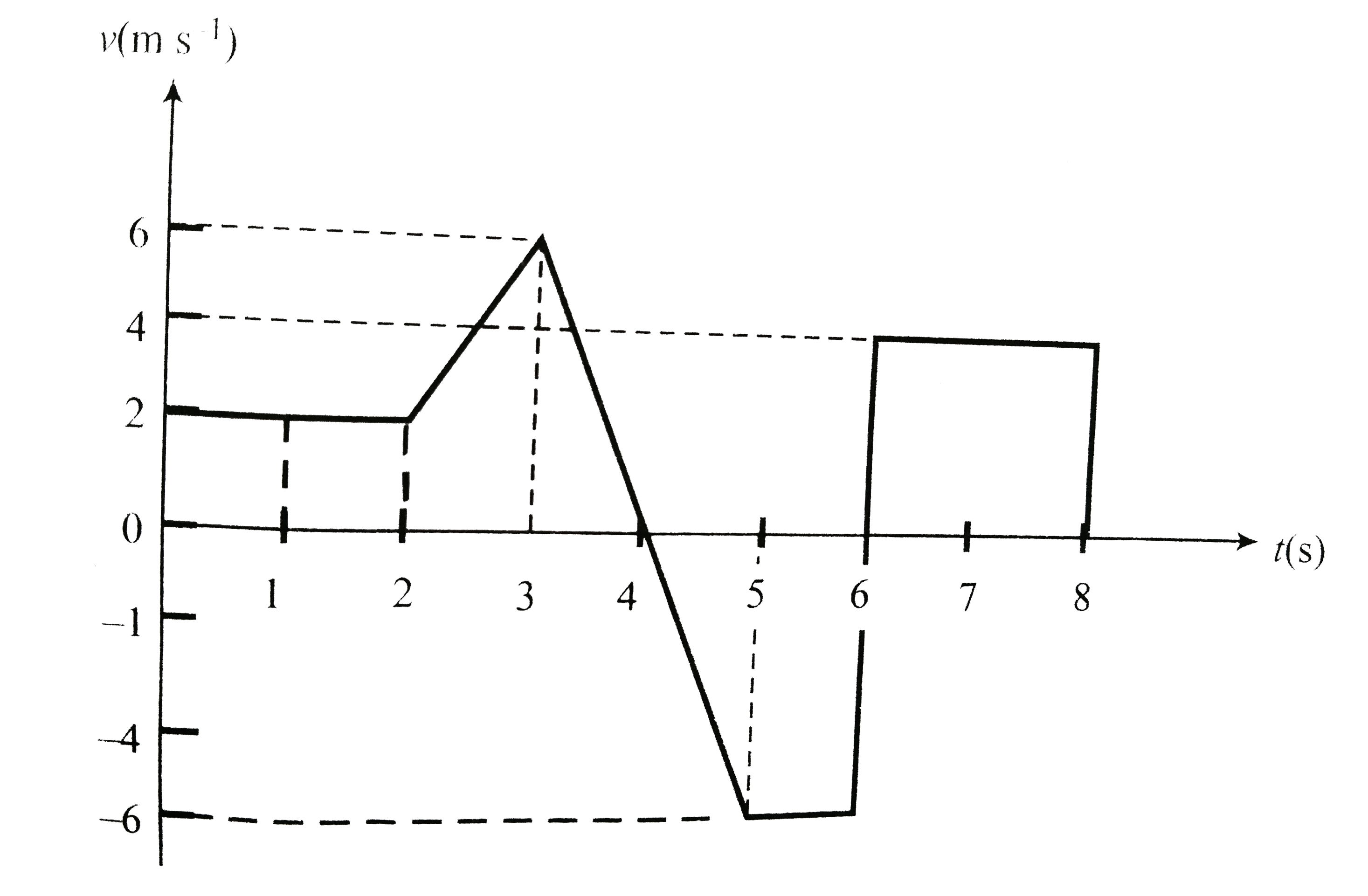The velocity-time graph for a uniformly retarded body is a straight line inclined to the time axis with an obtuse angle. How is retardation calculated from the velocitytime graph ?
To calculate the retardation from a velocity-time graph for a uniformly retarded body, follow these steps:
1. Understand the Velocity-Time Graph:
- A velocity-time graph plots velocity (V) on the y-axis and time (t) on the x-axis. For a uniformly retarded body, the graph will be a straight line that slopes downwards, forming an obtuse angle with the time axis.
2. Identify Points on the Graph:
- Label key points on the graph. For example, let’s denote the initial velocity at point A and the final velocity at point B. The time taken to change from point A to point B can be denoted as the distance between points C and D on the time axis.
3. Determine the Slope of the Line:
- The slope of the line on a velocity-time graph represents acceleration (or retardation, in this case). Since the line is inclined downwards (indicating retardation), the slope will be negative.
4. Calculate Retardation:
- The formula for calculating the slope (retardation) is given by:
Retardation=VB−VAtB−tA
- Here, VB is the final velocity (at point B), VA is the initial velocity (at point A), and tB−tA is the time interval (the horizontal distance between points C and D).
5. Interpret the Result:
- Since the slope is negative, the retardation value will also be negative, indicating a decrease in velocity over time.
Final Formula:
Retardation=−VB−VAtB−tA
- A velocity-time graph plots velocity (V) on the y-axis and time (t) on the x-axis. For a uniformly retarded body, the graph will be a straight line that slopes downwards, forming an obtuse angle with the time axis.
- Label key points on the graph. For example, let’s denote the initial velocity at point A and the final velocity at point B. The time taken to change from point A to point B can be denoted as the distance between points C and D on the time axis.
- The slope of the line on a velocity-time graph represents acceleration (or retardation, in this case). Since the line is inclined downwards (indicating retardation), the slope will be negative.
- The formula for calculating the slope (retardation) is given by:
Retardation=VB−VAtB−tA
- Here, VB is the final velocity (at point B), VA is the initial velocity (at point A), and tB−tA is the time interval (the horizontal distance between points C and D).
- Since the slope is negative, the retardation value will also be negative, indicating a decrease in velocity over time.
Retardation=−VB−VAtB−tA
Topper's Solved these Questions
- MOTION IN ONE DIMENSION BOOK - ICSECHAPTER - MOTION IN ONE DIMENSION EXERCISE - EXERCISE -2 (B) ( Multiple choice type :)
3 Videos
- MOTION IN ONE DIMENSION BOOK - ICSECHAPTER - MOTION IN ONE DIMENSION EXERCISE - EXERCISE -2 (B) ( Numericals )
12 Videos
- MOTION IN ONE DIMENSION BOOK - ICSECHAPTER - MOTION IN ONE DIMENSION EXERCISE - EXERCISE -2 (A) ( Numericals )
16 Videos
- MEASUREMENTS AND EXPERIMENTATION BOOK - ICSECHAPTER - MEASUREMENTS AND EXPERIMENTATION EXERCISE - TOPIC 2 SIMPLE PENDULUM (4 Marks Questions )
1 Video
- PRESSURE IN FLUIDS AND ATMOSPHERIC PRESSUREBOOK - ICSECHAPTER - PRESSURE IN FLUIDS AND ATMOSPHERIC PRESSUREEXERCISE - Exercise -4(B)Numericals
5 Videos
Similar Questions
What can you say about the nature of motion of a body if its displacement-time graph is
(a) a straight line parallel to time axis ?
(b) a straight line inclined to the time axis with an acute angle?
(c) a straight line inclined to the time axis with an obtuse angle ?
(d) a curve.
View SolutionThe position-time graph of a moving particle is a straight line inclined with time axis and passing through origin, therefore
View Solution
Knowledge Check
The velocity-time graph of a body in motion is a straight line inclined to the time axis. The correct statement is :
Avelocity is uniformBacceleration is uniformCboth velocity and acceleration are uniformDneither velocity nor acceleration is uniform.For a uniformly retarded motion, the velocity-time graph is :
Aa curveBa straight line parallel to the time axisCa straight line perpendicular to the time axis.Da straight line inclined to the time axis.
The velocity versus time graph of a body moving in a straight line is as shown in the figure below

View SolutionThe position-time graph of an object is a straight line parallel to time axis. This implies that the object is
View SolutionThe x-t graph of an object is a straight line inclined to time-axis. What does this statement indicate ?
View SolutionThe velocity-time graph of a body is shown in .
The displacement of the body in 8s is.
 .
.
View SolutionThe velocity versus time graph of a body in a straight line is as shown in figure. The displacment of the body in five seconds is

View SolutionThe velocity time graph of a body is shown in fig. it indicates that :

View Solution
